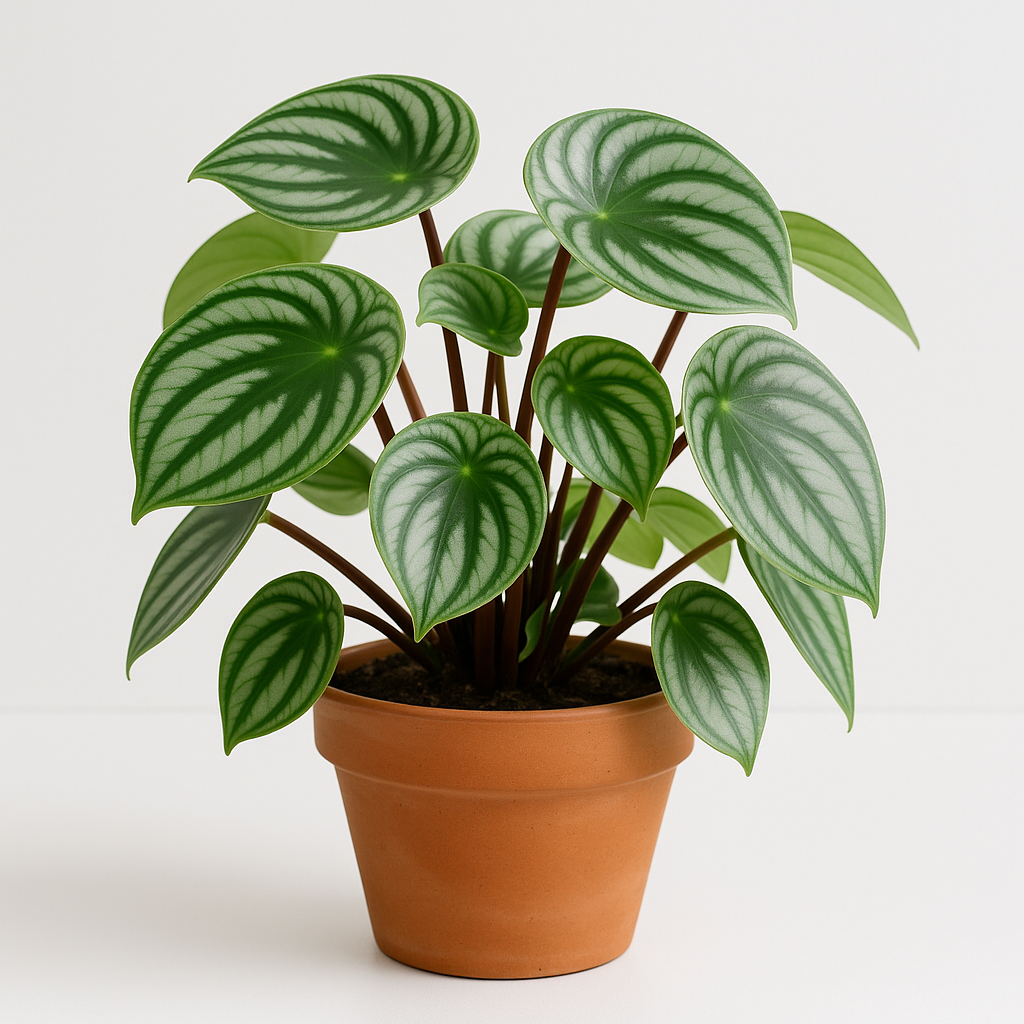Peperomia is a beloved ornamental plant across the globe, especially among people seeking low-maintenance greenery for indoor environments. With over a thousand cataloged species, this genus from the Piperaceae family enchants plant lovers with its wide variety of foliage, compact growth, and resilience in low-light conditions. In this article, you’ll discover its origins, features, popular types, essential care tips, and some fascinating facts.
Origin and Natural Habitat
Peperomia is native to tropical and subtropical regions of the Americas, particularly South and Central America. In its natural habitat, it often grows as an epiphyte—on tree trunks—without drawing nutrients from the soil. This adaptation makes it highly resilient and versatile in home cultivation.
Characteristics of Peperomia
What makes Peperomia truly unique is its morphological diversity. The leaves of this plant can be:
- Thick and succulent-like
- Smooth or wrinkled
- Variegated with green, white, or silver markings
- Small to medium in size (rarely growing over 30 cm tall)
Despite this variety, most Peperomias share a few common features:
- Compact size: perfect for apartments, desktops, and shelves
- Slow growth: minimal pruning needed
- Decorative foliage: the main visual appeal of the plant
Popular Peperomia Varieties
Here are some of the most loved Peperomia types found in homes and gardens around the world:
Peperomia obtusifolia
Often called “baby rubber plant,” this variety has thick, glossy, oval-shaped leaves and is popular for container arrangements and tabletops.
Peperomia argyreia
Known as “Watermelon Peperomia” due to the striped silver-green pattern on its leaves resembling a watermelon rind. It’s a favorite in modern interiors.
Peperomia caperata
This type features textured, corrugated leaves in shades ranging from dark green to purple. It’s often used for decorative plant groupings.
Peperomia scandens
A trailing variety with heart-shaped leaves, perfect for hanging baskets. It adds a soft, romantic vibe to any space.
How to Care for Peperomia
Despite its delicate look, Peperomia is remarkably low-maintenance. Here are the essential care tips:
1. Light
Peperomia thrives in bright, indirect light. Avoid placing it in direct sunlight, which can scorch its leaves. Filtered light or a north-facing window works best.
2. Watering
Thanks to its semi-succulent nature, Peperomia stores water in its leaves. Water only when the soil is dry to the touch—overwatering is the most common mistake and can lead to root rot.
3. Soil
Use a well-draining mix, such as cactus or succulent soil. A blend of potting mix, perlite, and coconut coir works well.
4. Humidity and Temperature
This plant prefers temperatures between 65°F and 82°F (18°C–28°C) and moderate humidity. Keep it away from cold drafts or direct air conditioning.
5. Pruning and Repotting
Pruning is optional but can help shape the plant and remove damaged leaves. Repot every 2 to 3 years or when roots outgrow the container.
Propagating Peperomia
Peperomia is easy to propagate through leaf or stem cuttings. Simply cut a healthy leaf with its stem or a short piece of the stem, allow it to callous for a few hours, then place it in moist soil. Roots will begin to form within a few weeks.
Benefits of Growing Peperomia Indoors
Besides its beauty, Peperomia offers many advantages:
- Air purifying: improves indoor air quality
- Non-toxic: safe for pets and children (according to ASPCA)
- Versatile: fits well in modern, minimalist, rustic, or eclectic interiors
Fun Facts About Peperomia
- The name “Peperomia” comes from the Greek words peperi (pepper) and homoios (resembling), due to its similarity to the black pepper plant.
- Some species are used in traditional medicine for their anti-inflammatory properties.
- In some Asian cultures, Peperomia is considered a symbol of prosperity and good luck.
Conclusion
If you’re looking for an easy-care, visually stunning houseplant, Peperomia is an excellent choice. Its wide range of shapes, colors, and growth habits make it perfect for all types of indoor environments. Whether in a small pot on a shelf or hanging in a sunny corner, this plant brings life and charm to any space.


